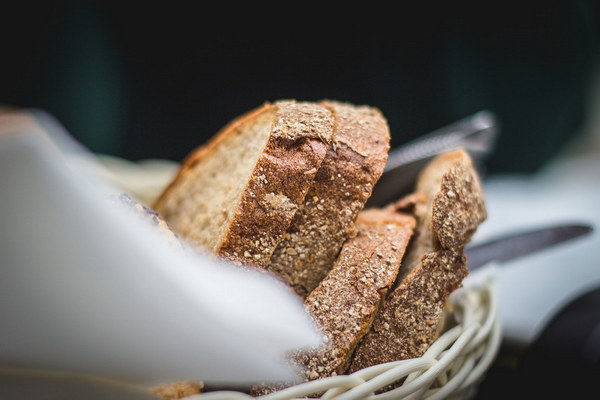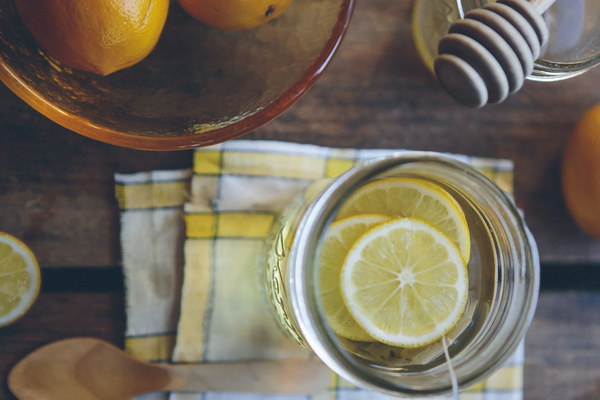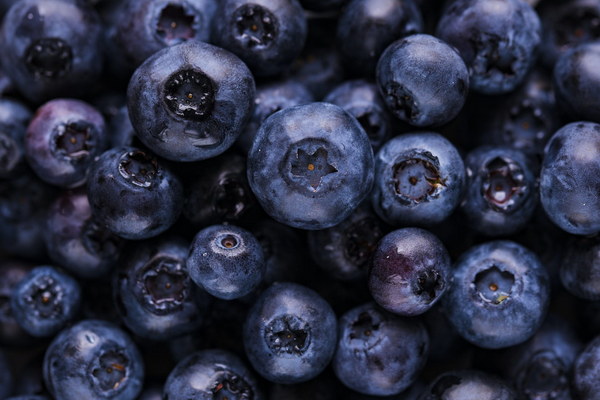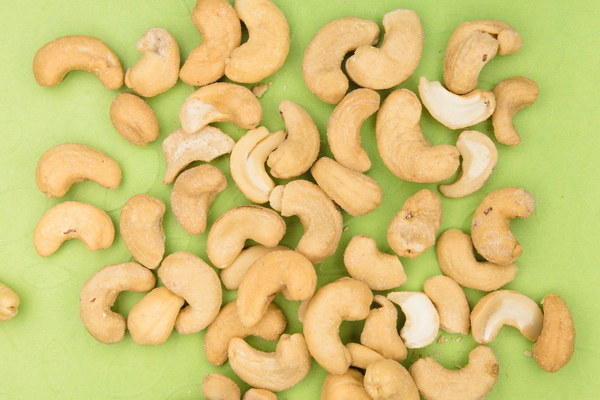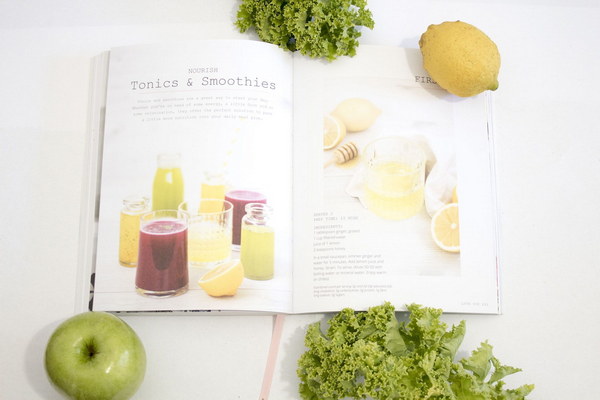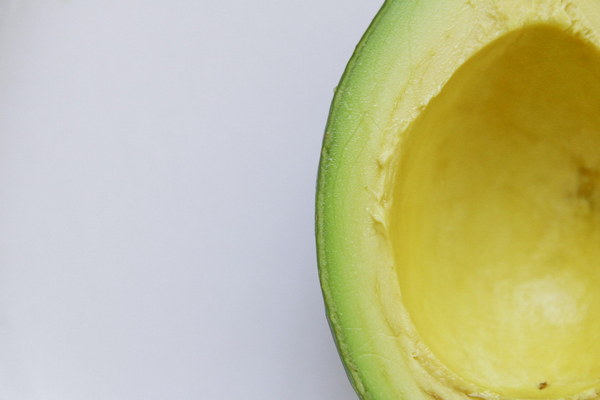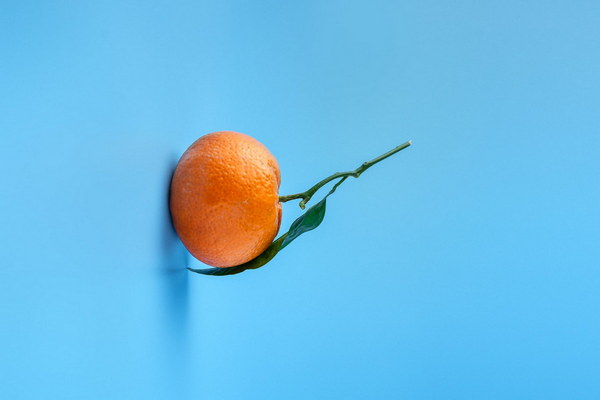The Art of Eliminating Dampness and Heat A Guide to Traditional Chinese Medicine for Wellness
In the realm of Traditional Chinese Medicine (TCM), the concept of dampness and heat is a prevalent issue that can lead to a range of discomforts and diseases. Dampness and heat, often referred to as damp-heat, are considered to be internal imbalances that disrupt the body's harmony. This article aims to shed light on the causes, symptoms, and effective methods to eliminate dampness and heat, promoting overall wellness.
Understanding Damp-Heat: Causes and Symptoms
Damp-heat is a combination of excess dampness and heat within the body, leading to an accumulation of toxins that can cause a variety of health issues. The primary causes of damp-heat include:
1. Overindulgence in cold, damp foods and beverages, such as ice cream, cold drinks, and raw fruits.
2. Exposure to excessive humidity or damp environments.
3. Sedentary lifestyle and lack of physical exercise.
4. Prolonged stress and emotional disturbances.
Symptoms of damp-heat may include:
- Excessive sweating, especially at night.
- Body odor, often described as a fishy smell.
- Fatigue, lack of energy, and difficulty waking up in the morning.
- Skin issues, such as eczema, psoriasis, and acne.
- Menstrual irregularities in women, including pain and heavy bleeding.
- Digestive problems, such as bloating, constipation, or diarrhea.
Traditional Chinese Medicine for Eliminating Damp-Heat
TCM offers various treatment modalities to address damp-heat and restore balance within the body. Here are some effective methods:
1. Acupuncture: Acupuncture involves inserting fine needles into specific points on the body to stimulate the flow of Qi (vital energy) and balance the body's Yin and Yang. Acupuncture can help clear damp-heat by promoting the elimination of toxins and improving circulation.
2. Herbs: Herbs are a cornerstone of TCM and can be prescribed to eliminate damp-heat. Common herbs used in damp-heat formulas include:
- Astragalus (Huang Qi): Strengthens the immune system and promotes the elimination of dampness.
- Poria (Fu Ling): Helps drain dampness and relieve swelling.
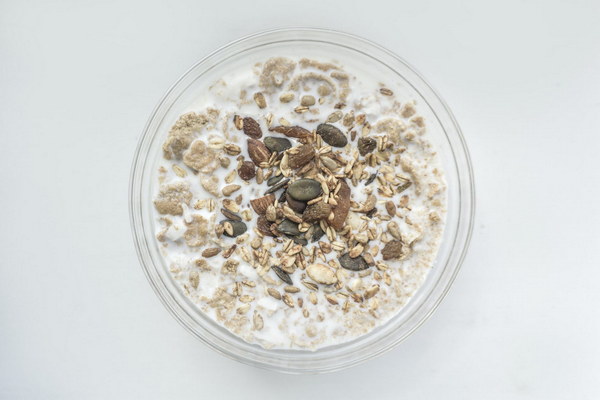
- Scutellaria (Huang Qin): Clears heat and cools the body.
- Alisma (Ze Xie): Reduces dampness and promotes urination.
3. Diet and Lifestyle Adjustments: Adjusting one's diet and lifestyle is crucial for eliminating damp-heat. Here are some recommendations:
- Avoid cold, damp, and spicy foods, as well as processed and sugary foods.
- Increase the intake of warm, light, and easily digestible foods, such as lean proteins, vegetables, and fruits.
- Practice regular physical exercise, such as walking, jogging, or yoga, to improve circulation and promote the elimination of dampness.
- Manage stress through meditation, deep breathing exercises, or other relaxation techniques.
4. Moxibustion: Moxibustion is a therapeutic technique that involves burning dried mugwort (moxa) near the skin's surface at specific acupuncture points. It helps to warm the body, improve circulation, and expel dampness and heat.
By integrating these TCM practices into one's routine, individuals can effectively eliminate damp-heat and restore balance to their bodies. However, it is essential to consult a qualified TCM practitioner to develop a personalized treatment plan that addresses individual needs and conditions.
In conclusion, damp-heat is a common internal imbalance that can lead to various health issues. Traditional Chinese Medicine offers a holistic approach to addressing this condition, emphasizing the importance of balancing the body's Yin and Yang, as well as promoting the elimination of toxins. By adopting a combination of acupuncture, herbs, diet, and lifestyle adjustments, individuals can achieve a state of wellness and enjoy a healthier, more vibrant life.
